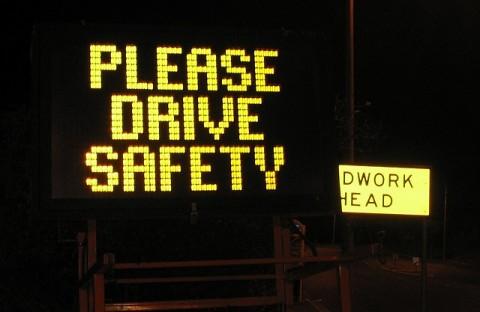Today, March 4 (“March Forth”) is National Grammar Day. In past years, the National Grammar Day organization promoted the annual date as follows: “Language is something to be celebrated, and March 4 is the perfect day to do it. It’s not only a date, it’s an imperative: March forth on March 4 to speak well, write well, and help others do the same!”
To celebrate National Grammar Day, here are my top 10 grammar-related items:
1. It’s vs. Its I. I frequently post on CD about my personal choice for the most common grammar/spelling/punctuation mistake in the English language: the frequent misuse of “it’s” (contraction for “it is”) when it should be “its” (possessive). Here’s some evidence for my claim that this is the most common mistake:
Exhibit A: A Google search shows more than 100,000 results for the incorrect phrase “meet it’s obligations.”
Exhibit B: A Google search finds more than 15 million! results for the incorrect phrase “at it’s best.”
Exhibit C: A Google search for the incorrect phrase “it’s fullest“ finds more than 400,000 results.
Exhibit D: Do a Google search for “in it’s own right,” and you'll get more than 400,000 results.
What’s so difficult about such a simple grammar/spelling/punctuation rule that is supposed to be taught in grade school? It’s really pretty basic: “It’s” is always a contraction for “it is,” and if you can’t substitute “it is” for “it’s” in a sentence, you know it’s wrong, e.g. “the company couldn’t meet it’s obligation,” and “boxing at it’s best” are both wrong because you can’t substitute “it is” in those sentences for “it’s.”
Note: You can review the rule for the correct usage of its here, here and here.


